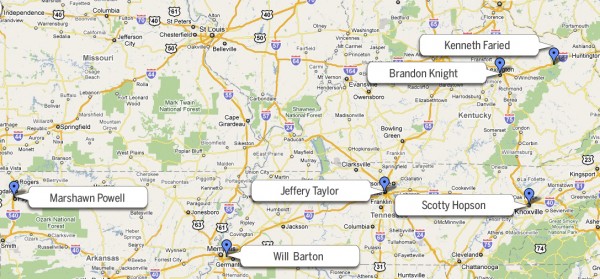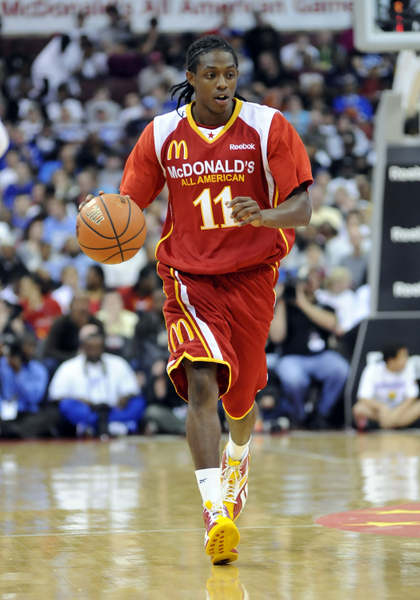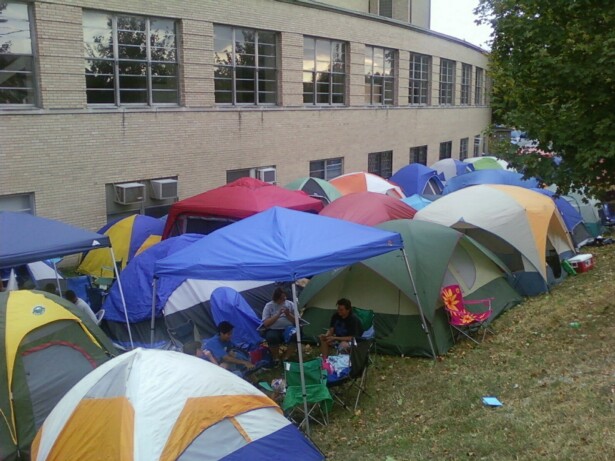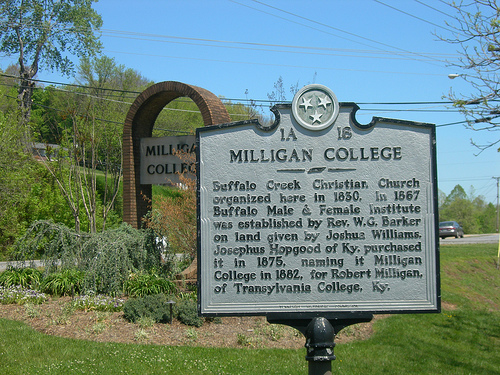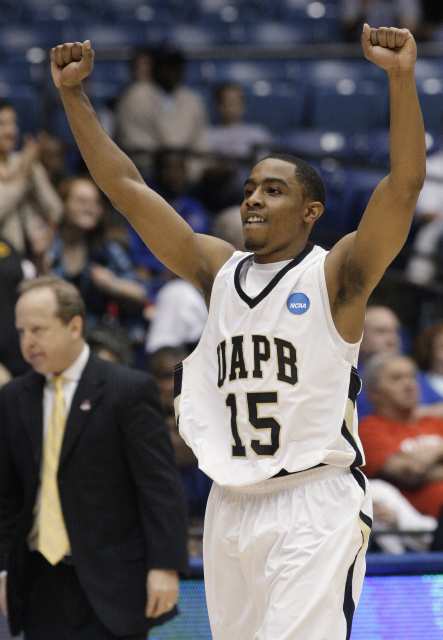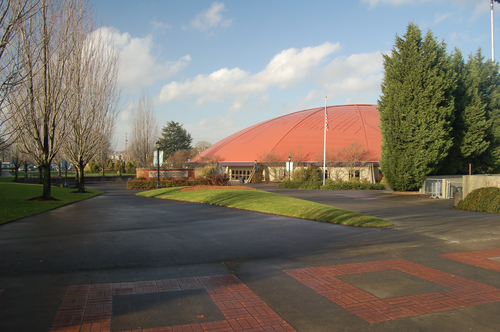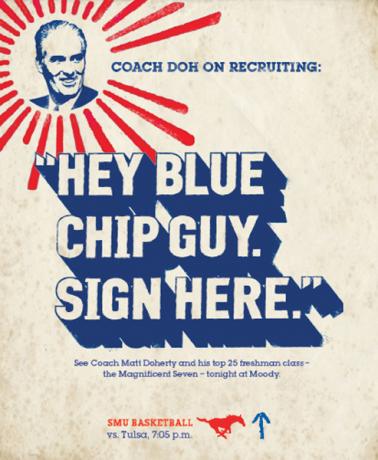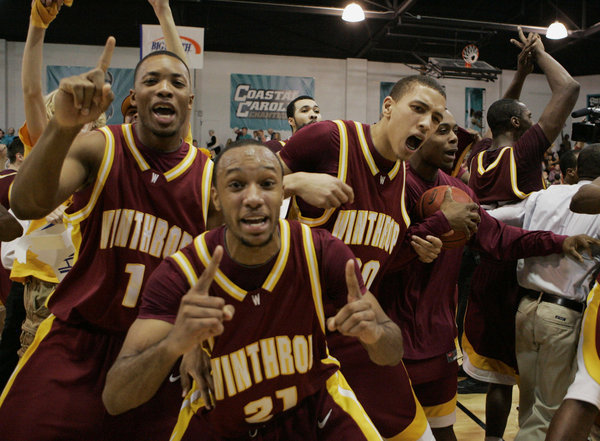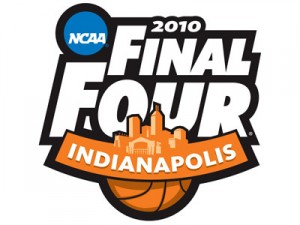RTC 2010-11 Impact Players – Mid-South Region
Posted by rtmsf on October 18th, 2010For the second October in a row, we’re bringing you our RTC Impact Players series. The braintrust has gone back and forth on this and we’ve finally settled on a group of sixty players throughout ten geographic regions of the country (five starters plus a sixth man) to represent the who and where of players you should be watching this season. Seriously, if you haven’t seen every one of these players ball at least once by the end of February, then you need to figure out a way to get a better television package. As always in a subjective analysis such as this, some of our decisions were difficult; many others were quite easy. What we can say without reservation is that there is great talent in every corner of this nation of ours, and we’ll do our best to excavate it over the next five weeks in this series that will publish on Mondays and Thursdays. Each time, we’ll also provide a list of some of the near-misses as well as the players we considered in each region, but as always, we welcome you guys, our faithful and very knowledgeable readers, to critique us in the comments.
You can find all previous RTC 2010-11 Impact Players posts here.
Mid-South Region (KY, TN, MO, AR)
- Brandon Knight – Fr, G – Kentucky. What on earth could Brandon Knight do to live up to what has preceded him? It’s not just that he’s been stood for membership along the Caliparian Derrick Rose-Tyreke Evans-John Wall axis, or that he’ll immediately be expected to live up to the ridiculous standard entailed by that little club. Yeah, that’s hard enough, but there’s something more. Last year’s Kentucky team wasn’t just about five first-round draft picks and an Elite Eight run. It wasn’t about the actual on-court achievements of Messrs. Wall, Cousins, Patterson, Bledsoe, and Calipari. It was what the season symbolized, a pronouncement that, after two years of weirdness under Billy Gillispie, Kentucky had returned to prominence in a major way, wasn’t likely to go anywhere for a very long time, and that deep tournament runs with big bad recruits were to be the norm once again. That’s quite a show to follow. Brandon Knight says he’s up for the challenge, and he might be right. Don’t let the 32.5 PPG average as a prep senior in Ft. Lauderdale fool you. Even though Calipari cautions people against comparing last year’s Wildcats to this year’s, since Knight has yet to play a single second of college basketball, something has to be used as a reference point right now. That said, Knight shares Wall’s second-most important attribute as a collegian, which is the ability to provide whatever’s needed. Scoring? Not a problem. Less emphasis on points and more on distribution? Consider it done. Help on the glass? Let’s do it. Defensive leadership? Fine. Another similar aspect is that while Wall was a genius at getting to the rim, taking contact, and finishing, Knight has this gift as well and will gladly take whatever’s waiting on him in terms of body blows, but he’s also likely to pull up at the edge of the lane to shoot his mid-range jumper or slip a pass to an open teammate before defenders know what happened. Finally, as for the most important thing Knight has in common with Wall? That’d be the commitment in the classroom. You might as well just go ahead and fill in the bubbles on Knight’s APR sheets. He arrives from high school riding a 4.3 GPA, which we’ll assume is based on an accelerated/AP scoring system. Unless that 4.3 is based on some screwy 9.0 scale from Florida that we don’t know about, anybody looking for an offseason scandal here is wasting their time.
- Will Barton – Fr, G – Memphis. Considered by many to be the top shooting guard in this year’s freshman class, Will Barton has already taken a rather interesting path on his way to Midnight Madness. First there was concern over whether he would be academically eligible for the coming season, which he ultimately overcame. Then there was his Twitter guarantee that the Tigers were going to win the national title, which upon questioning he defended by simply saying, “What was I suppose [sic] 2 [sic] say?” Now that Memphis appears to have gotten past all of the headaches (hopefully) it is time for Josh Pastner and Tiger fans to enjoy Barton’s many gifts. If they’re expecting another Derrick Rose they are going to be disappointed because Barton’s game is quite different from the one-and-done Tiger star — who technically never played at Memphis according to the NCAA — as Rose was more of a distributor whose athleticism and physical skills made him a legitimate scoring threat, whereas Barton is primarily a scorer who also distributes because of his athleticism and physical skills. Barton also lacks many of the complementary pieces that Rose had around him so don’t expect a repeat of the 2007-08 season for the Tigers, but Barton could lead them further than you would otherwise expect for a team that was weaker than recent Memphis teams even before the departure of Elliot Williams. Although Barton does not have range of some of the premier scorers of recent vintage like J.J. Redick or Stephen Curry, he does possess a solid outside shot, which he combines with a mid-range game that very few players at any level have, and an ability to get to the basket. What could potentially set him apart from the likes of Redick and Curry is Barton’s ability to rebound and play defense. With that combination of skills and his potential for improvement (he is rail-thin right now, listed at 6’6” and 170 pounds coming out of high school) Barton could be the best player at Memphis since Rose and if he sticks around for a few years his name could be mentioned alongside Keith Lee, Elliot Perry and Anfernee Hardaway as one of the all-time greats there.






























